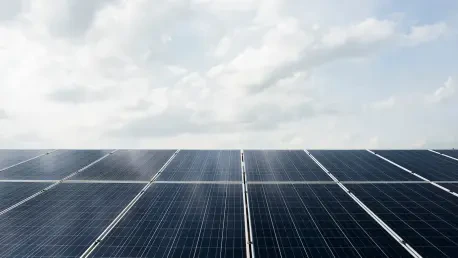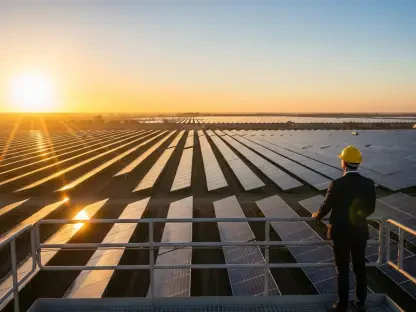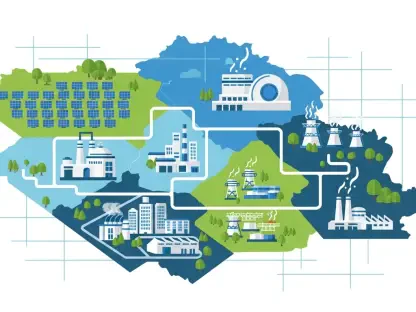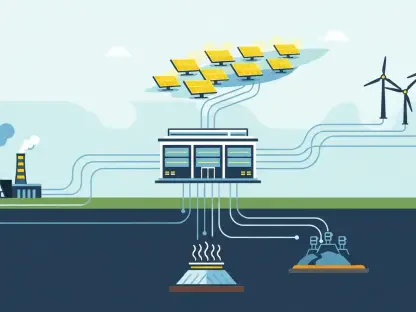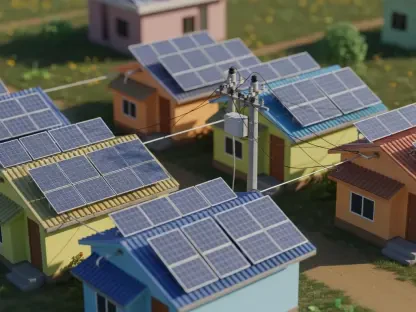The growing reliance on coal-powered electricity in Malaysia is a pressing concern that hinges on environmental impact considerations and economic implications. The country’s electricity demand is surging, propelled by expansion in sectors like data centers. This boom, juxtaposed with declining natural gas reserves, highlights a critical juncture in Malaysia’s energy policy. Despite its status as a major exporter of liquefied natural gas, Malaysia has had to grapple with diminishing reserves, leading to an interim pivot towards coal. With coal contributing to nearly 60% of electricity production in the early half of 2025, its usage contrasts starkly with the waning prevalence of gas-fired power, which has dwindled consistently over several months. Coupled with plummeting coal prices, which make it almost 40% cheaper compared to other fuel sources, Malaysia’s temporary shift underscores a complex balancing act. However, the nation’s strategic energy objectives include ambitious plans to diversify and embrace renewable sources effectively by the end of the decade.
Coal’s Prevalence and Economic Justifications
Coal’s increasing dominance in Malaysia’s energy landscape is attributable to a confluence of economic and logistical factors. As global coal prices have plummeted, Malaysia has found the material to be an economically viable interim solution to address energy shortfalls. This is particularly critical given the restricted availability of natural gas, coupled with growing energy needs driven by industrial expansion. Financially, coal presents itself as a more attractive option, with experts noting it is approximately 40% less expensive, thus incentivizing its use in the short term. Such economic pragmatism is influenced by the necessity to maintain energy affordability and reliability during an economically transformative phase. Despite these considerations, the country’s reliance on coal presents not only environmental concerns but also questions about sustainability and long-term energy stability. This strategy involves balancing economic feasibility against the pressing need for cleaner, sustainable energy sources, which require significant upfront investment and infrastructural development.
The Shift Towards Renewable Energy
Malaysia’s strategic energy roadmap includes enhancing its capacity for gas-fired and renewable energy generation significantly by 2030. Solar power sits at the heart of this transformative agenda, reflecting global trends towards sustainable energy solutions. The nation’s plans to integrate solar energy more extensively into its power grid underscore a commitment to reduce heavy dependency on coal. This transition is underscored by the declining demand for coal as renewable technologies become more efficient and accessible. In pursuit of its renewable energy objectives, Malaysia faces numerous challenges, including the need to develop new infrastructural capabilities, engage in policy reforms, and incentivize investments across the renewable sector. Such strides are seen as critical for ensuring not only energy security but also environmental stewardship. Moreover, overcoming technical, financial, and policy barriers is essential for the successful integration of renewable technologies on a national scale.
Future Prospects and Policy Implications
Malaysia’s increasing dependence on coal-generated electricity is raising environmental and economic concerns. The nation’s rising energy demand, driven by growth in sectors such as data centers, coincides with dwindling natural gas reserves—a turning point for Malaysia’s energy strategy. As a major liquefied natural gas exporter, the country faces challenges with these diminishing reserves, prompting a temporary shift to coal. By the first half of 2025, coal was responsible for nearly 60% of electricity generation, starkly contrasting with the gradual decline in gas-fired electricity over recent months. This pivot is partly due to falling coal prices, making it nearly 40% cheaper than other fuel sources. Despite this, Malaysia aims to diversify and increase its renewable energy uptake by the decade’s end, striving to balance immediate needs with long-term sustainability goals. This complex transition highlights Malaysia’s effort to not only meet current energy demands but also pave the way for a more sustainable energy future.
